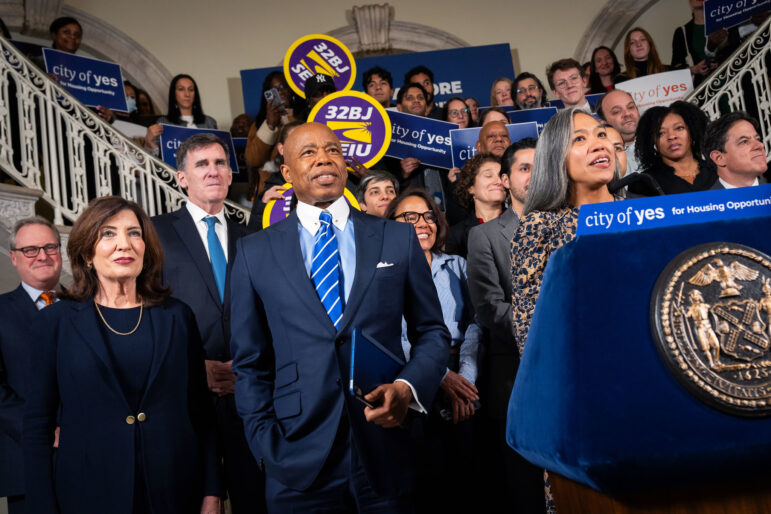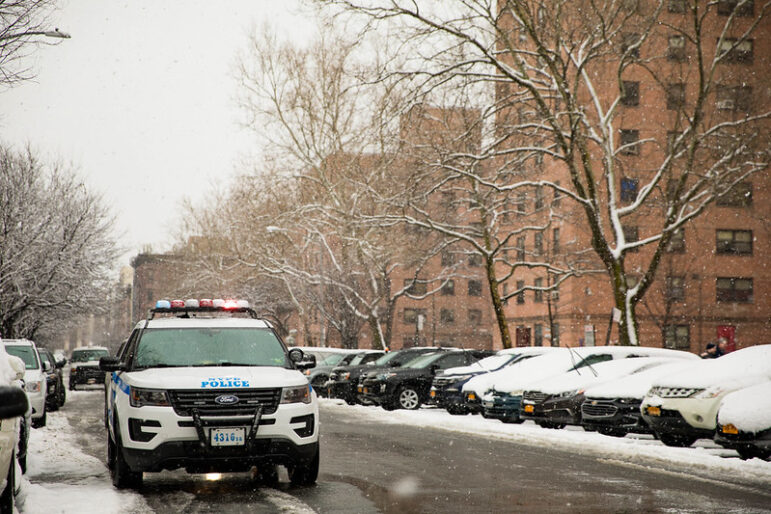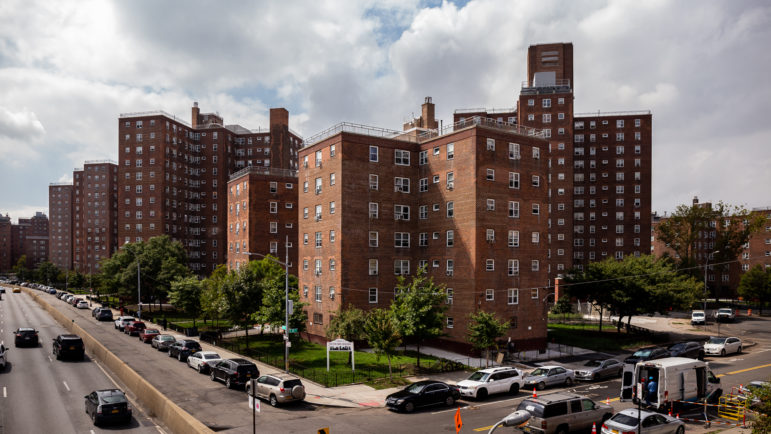There is no downside to the latest crime statistics. All categories of crime have fallen. Mayor Rudolph Giuliani has spared no effort taking credit for this accomplishment. His political challengers have been left scrambling for alternative explanations, particularly those that place the origins of the trend in the Dinkins administration, and place New York within a national context.
But what if this decline in crime is not systemic, but rather a temporary pause between cycles? Two years of Giuliani-style policing is simply not adequate to explain a decline in crime to levels not seen since the 1960s. Such a decline is nothing short of a miracle. Some consideration should be given to the possibility that this “miracle” is a cruel mirage.
For argument’s sake, let’s assume that in any given period of time, within any given population segment, there is a certain percentage of people who will resort to crime if certain social conditions–such as poverty, unemployment, poor education and drugs–are present.
Let’s further assume that if these people are sufficiently controlled or imprisoned, they will be prevented at least temporarily from committing crimes and criminal activity will abate. That is, until the underlying forces generating criminal behavior spawn yet another generation of criminals. If these assumptions are reasonable, we should look at alternative explanations for the fall in crime–all of which indicate this is a temporary trend.
First, consider the number of people we are imprisoning. Take young people as an example: In New York in the early 1980s, before the onset of the crack epidemic, 251 out of every 100,000 young people were overseen in some way by the criminal justice system. By the early 1990s, this number had risen to 367 per 100,000–a 46 percent increase. Containment is a surefire criminal enforcement mechanism, but a temporary one. There are about 87,000 teenagers and adults currently imprisoned in New York State. Most will be released over the next 10 years.
Second, consider that much of the city’s criminal activity during the past 10 years has centered around drugs, particularly crack-cocaine. Drug trafficking is virtually a free market. While it’s possible that police tactics targeting drug sales have helped reduce the number of dealers on the streets, it’s also natural that the industry has consolidated and become “rationalized” over time. As in any business, the strongest of the drug lords grow tired of tolerating competition, and opt to take over disparate operations. For the time being, the result is fewer turf wars, fewer battles over money–and less violent crime.
Third, many people caught up in criminal activities have died from drug-related violence, overdoses and AIDS.
All of this suggests that the current decline in crime may be neither permanent nor systemic.
It is beyond dispute that aggressive law enforcement reduces crime. Trends, like crack abuse, also run their natural course over time. However, to take two years of tinkering with criminal justice and call it a miracle is dangerous.
If this decline is, as I believe, only a momentary pause, we will pay a hell of a price when the next generation grows up. Without productive employment, education and other outlets, a new proliferation of criminal behavior seems almost inevitable.
Of particular concern should be the large numbers of young people growing up institutionalized in homeless shelters and foster care arrangements. In the absence of any sense of community–and in many cases family–and with little or no education, this generation will have little to lose from taking up a life of crime. There is no precedent in terms of what we have done to these children, and we have no way of anticipating the impact.
Meanwhile, incomes for people at the bottom of the socioeconomic ladder are declining. On top of this, we will have to contend with a stream of prison releases and a young population that is “aging out” of institutions.
The lesson here is not to begin building more walls between our neighborhoods or more institutions to contain the poor.
Rather, we must recognize that our public discourse is crippled by our own jubilance about the current crime statistics–and by our tendency to praise a few individuals for the change. To overcome this, we must begin to view our achievements and challenges more critically, look more carefully at the underlying causes of crime and re-commit ourselves to working for genuine, comprehensive and systemic change.
Harold DeRienzo is president of the Parodneck Foundation.








